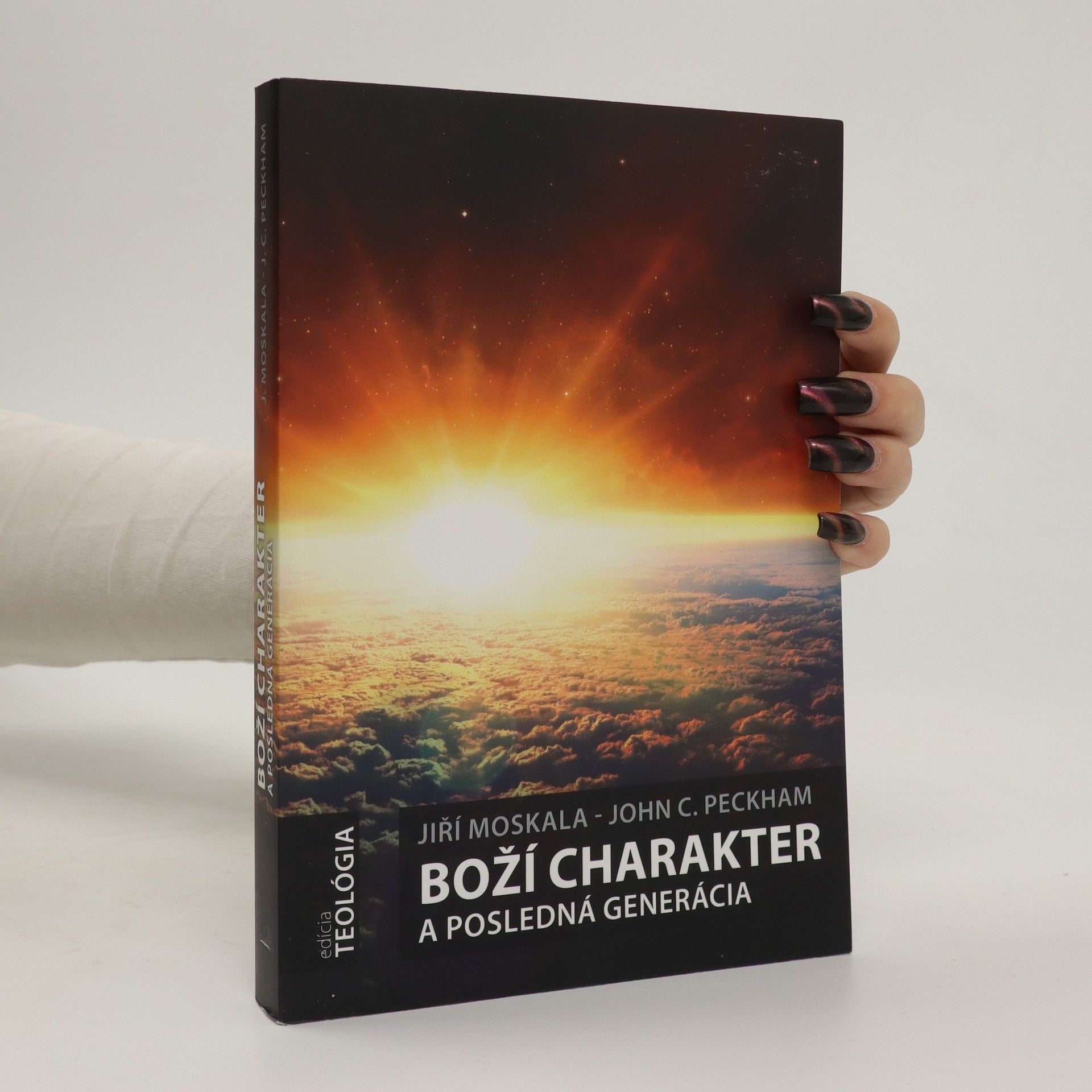Divine Attributes
- 336pages
- 12 heures de lecture
Offers a clear and constructive account of the nature and attributes of God, bringing the biblical portrayal of God in relationship to the world into dialogue with prominent philosophical and theological questions.


